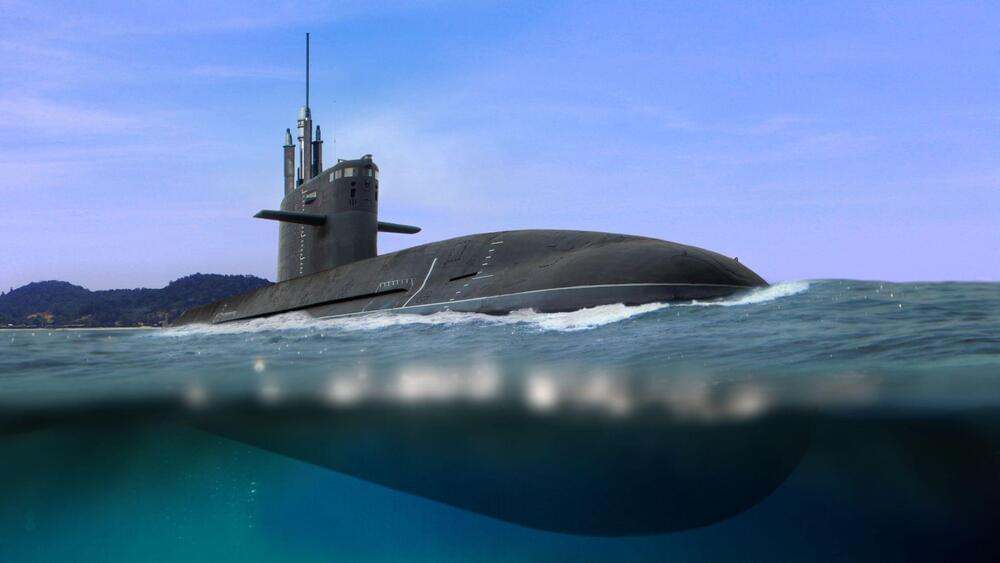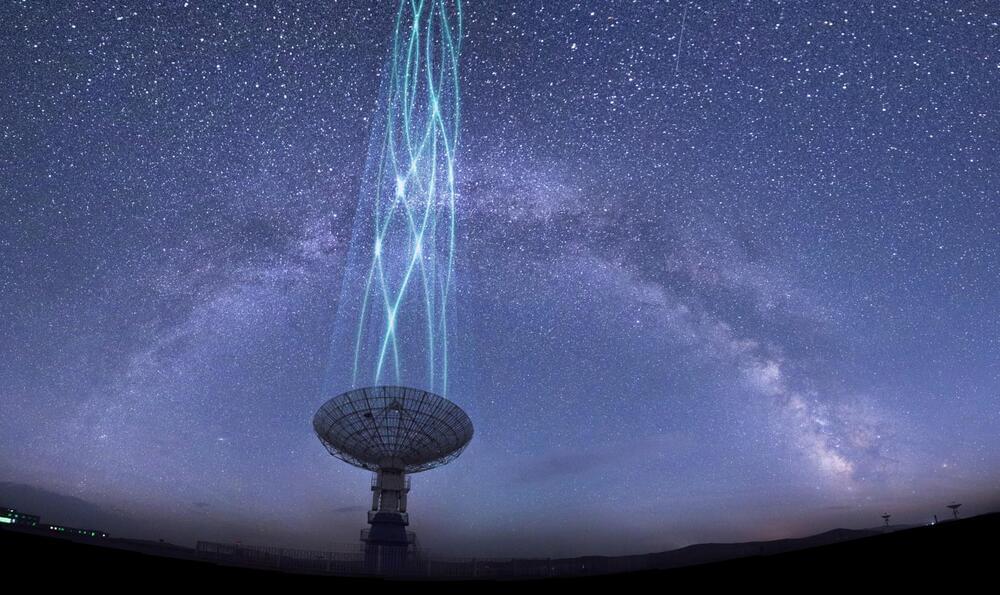Where are we likely to find life first and the most on Mars? And why I think that is both likely and not a threat to us and us not to it, Watch and see.
Worm-hole generators by the pound mass: https://greengregs.com/
For gardening in your Lunar or Mars habitat GalacticGregs has teamed up with True Leaf Market to bring you a great selection of seed for your planting. Check it out: http://www.pntrac.com/t/TUJGRklGSkJGTU1IS0hCRkpIRk1K
Awesome deals for long term food supplies for those long missions to deep space (or prepping in case your spaceship crashes: See the Special Deals at My Patriot Supply: www.PrepWithGreg.com.






